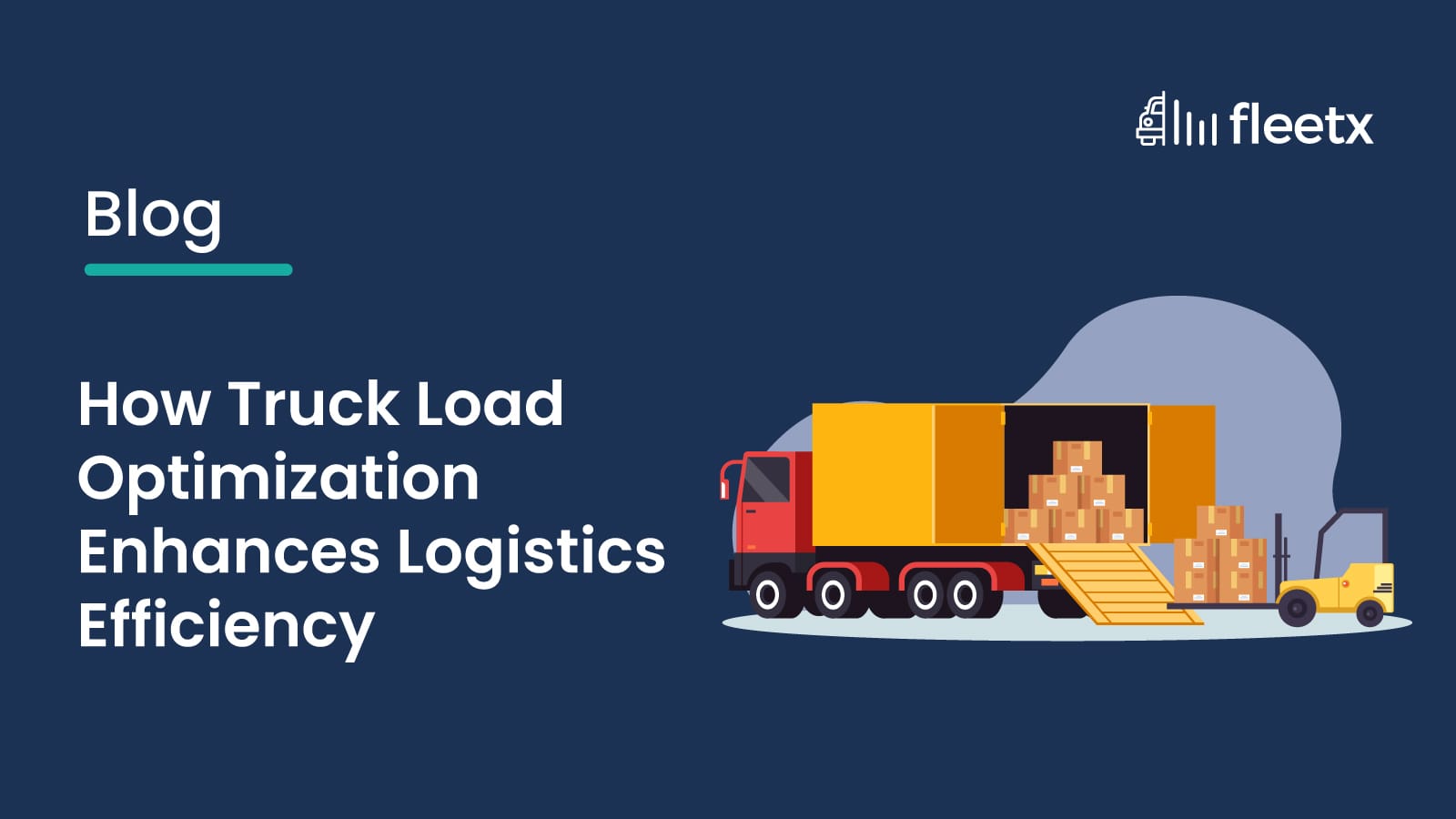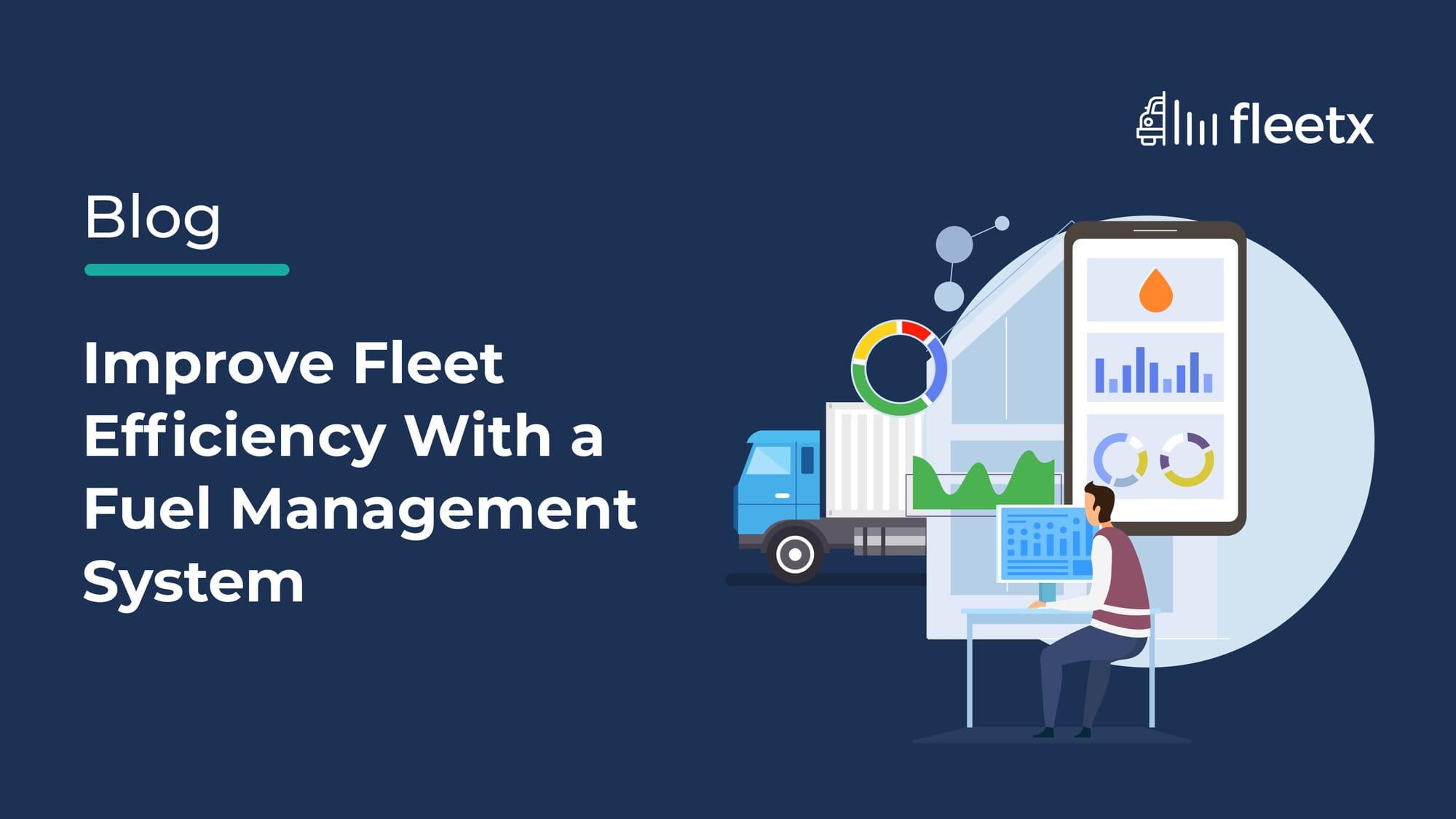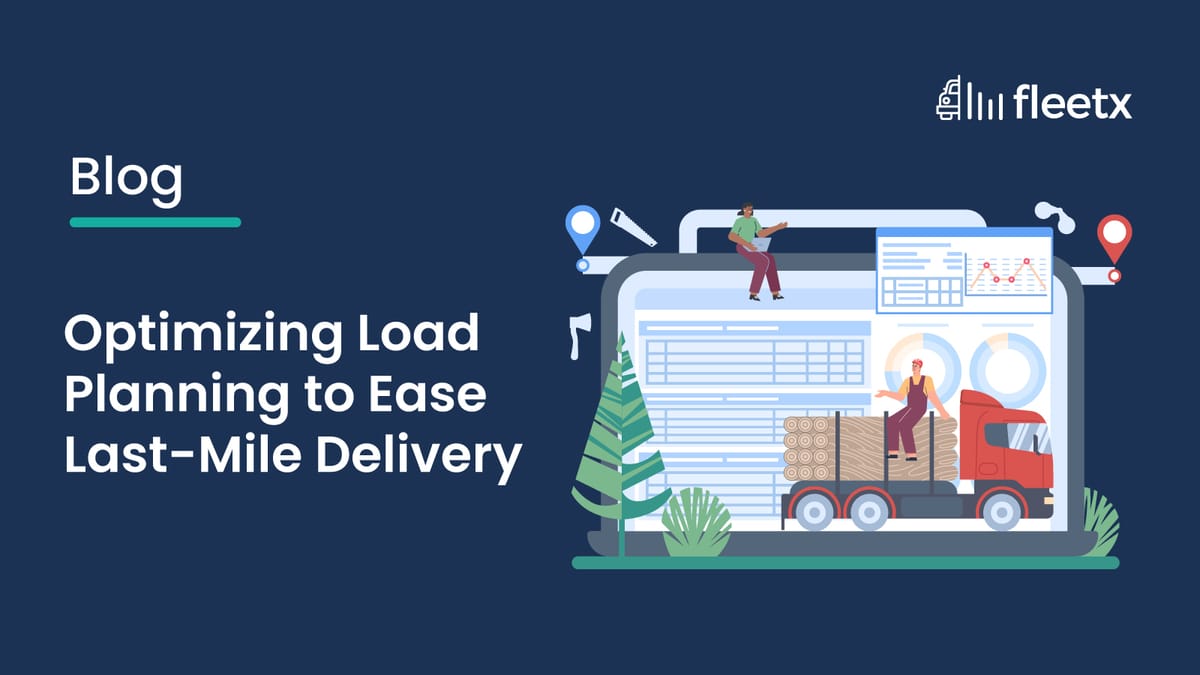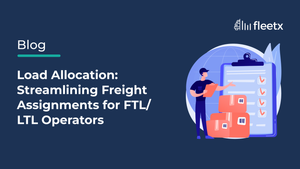
“Transportation needs to be reliable and affordable, to make it sustainable.”
Running empty miles can significantly increase transportation costs and clog operational efficiency. Two primary factors contributing to this problem are -
Deadheading
This is the situation wherein a commercial vehicle returns to its origin or proceeds to a new location with no load to carry. It typically occurs after a delivery is completed, and new cargo needs to be arranged for the vehicle, or it returns to a distribution center empty.
Routing Inefficiencies
Unnecessary empty miles also arise due to poor route planning or inefficient logistics operations. For instance, when a vehicle takes a longer route or its schedule hasn’t been optimized, it ends up running more miles without serving any purpose.
Minimizing empty miles is a significant transportation industry goal as it improves resource utilization, lowers fuel expenses, and controls the overall operational costs. Now, leveraging AI and automation, digital load matching connects available cargo with the most suitable transportation.
Load Optimization - A Necessity in Logistics Operations
"Planning isn't just stacking; it's optimizing routes, vehicles, and costs."
Load planning or optimization is a multi-step approach that leverages automation to analyze the vehicle capacity, cargo volume, dimensions, delivery routes, and other factors to derive the following benefits:
Time and Cost-Efficient Technique
Load optimization tools leverage the power of automation and data to arrange the load within the vehicle in a shorter timespan, making it a cost-effective process.
Operational Convenience
This tool considers the delivery route effectively to stack the packages according to the sequence of locations in the system, aiding the drivers with ready information of cargo drops and avoiding any manual hassle.
Cargo Safety
A load planner provides accurate guidelines to keep the objects in the proper place to avoid any disruption while moving and maximizes the cargo space.
Fuel-Efficiency
Streamlined aerodynamics due to adequate load distribution minimize the resistance faced by the moving truck and reduce fuel consumption. It also maintains the engine health due to the well-optimized cargo load, which ensures that the engine doesn’t have to work harder than necessary, leading to efficient fuel use.
Reduced Empty Miles
Load optimization techniques fill the vehicles for return journeys or load consolidation to reduce the percentage of empty miles traveled without any cargo. Lower empty miles also ensure a more productive use of the fleet’s operational time and better asset utilization.
How Do Trucking Load Boards Ease Loading Operations
Trucking load boards (TLB) enable carriers to post or search for shippers/brokers who have loads available and need transportation. Such freight marketplaces keep freight moving by aiding the shipper in selecting a carrier based on several parameters - cargo type, weight, volume, refrigeration requirements, etc.
The two main load board participants or users are brokers and carriers, and not shippers directly, as they don’t utilize the boards specifically. They either have contracted, dedicated carriers or own in-house fleets, or utilize broker services to move their loads.
Modes of Cargo Loading - FTL, LTL & PTL
Full Truckload (FTL)
At the point of origin, the FTL shipment is arranged to ensure maximum space utilization, and the vehicle navigates directly to the destination where the cargo is offloaded to the consignee. The interplay among several factors determines the success of FTL shipments:
Cost/km - The fundamental cost centre that impacts profitability, that takes into account fuel prices, truck maintenance, driver wages, toll charges, and the truck’s lifetime. Incorporating measures such as efficient routing, fuel-efficient driving, and adequate maintenance leads to a lower cost/km and increases each trip’s margin.
On-Time Delivery - Time-bound delivery is crucial for customer satisfaction and retention, particularly for time-sensitive shipments. Unplanned delays result in penalties and higher inventory holding costs for the shipper and end up diminishing the carrier’s reputation, negatively affecting overall profitability.
Revenue/Load - The revenue earned from each FTL trip is directly proportional to the freight rates charged and the shipment’s weight or volume. Carriers optimize their revenue by securing competitive rates, optimizing space utilization, and reducing empty trips. FTL operation profitability gets a significant boost with a favorable cost/km.
Less Than Truckload (LTL)
The carrier starts from the origin with multiple shipments and adds cargo to the existing load, routing the truck through different sortation points until it arrives at all consignees' points. There can be a few sortation nodes or many sortation nodes. The transport KPIs that significantly impact the efficiency and cost-effectiveness of LTL trips:
Utilization Percentage & Pallet Space Used - When the LTL shipments utilize the available truck space and the pallets are packed optimally, more goods can be transported in every trip with higher cost savings and efficiency. Palletization is a fundamental LTL stacking technique to improve handling, ensure stability, maximize space utilization, and lower labor costs.
Stacking Error Rate - Improperly secured or unstable loads cause goods damage, resulting in claims, returns, and potential reshipments, longer handling time leading to delays, and truck capacity wastage.
Part Truckload (PTL)
Part loading offers a cost-effective and efficient stacking solution for shipments that don’t occupy the entire truck but are larger or more valuable for LTL consignment, optimizing space and transit times for shippers and carriers. Now, PTL shipments also depend on several transport KPIs in determining their profitability:
Utilization Rate
Maximizing the weight or volume capacity of the pallets and the truck reduces per-unit shipping costs, as more goods can be transported in fewer shipments, thereby improving the profit margin and reducing unnecessary storage or shipping expenses.
Used Pallet Space
Using standardized boxes and implementing systematic stacking patterns optimizes the pallet space while improving the profit margin.
Stacking Error Rate
Inconsistent stacking patterns damage the shipment, leading to financial losses. It also leads to unnecessary delays caused by cargo restacking or rearrangement, or delayed loading or unloading processes due to inefficient stacking, or poses safety risks for the people involved.
However, PTL and LTL consignments complicate the loading process with load consolidation complexity, increase route planning challenges with multiple pickups and drops, and pose the risk of damage or theft due to multiple touchpoints.
Pallet Utilization - Simplifying Truck Load Building
Consolidating multiple deliveries on a vehicle can become a challenging task as there are multiple conflicts to be considered for the optimal combination - Can all the goods be stacked over one another? Do any individual customer’s requirements need to be followed? Do some products need to be separated while unloading? Will the truck or axles be overloaded?
An automated tool, such as a load builder, provides an intelligent, 3D visualization of the truck and pallet utilization to provide a detailed view of the total capacity. A load builder automates the entire process of planning, supported by machine learning (ML) algorithms, accounting for business rules and best practices, while eliminating manual work and improving efficiency.
Moreover, the process of grouping individual shipments into consolidated loads for ease of transport is facilitated by using LB-led digital planning, ensuring optimum space utilization and cost-efficiency. This approach leverages data and algorithms to make informed decisions about load composition based on factors that include cargo dimensions, weight, destination, and delivery schedule, eliminating the need for human intervention.
Ensure Better Customer Experience With Efficient Dispatch Planning
Now, after optimizing the load, the role of dispatch operations comes into play. This is the last stage before the shipment moves out, impacting timely deliveries and determining customer satisfaction.
A dispatch planner enables carriers or fleet operators to schedule and coordinate tasks efficiently, assign trucks and drivers, optimize routes, and generate trip sheets to ensure timely delivery, thus enhancing customer satisfaction. A robust load optimization mechanism impacts -
Turnaround time (TAT)
Carriers reduce the time spent during loading and unloading, improving the TAT, eliminating bottlenecks along the way, and increasing the operational throughput.
Vehicle Idle Time
Optimizing the loading process minimizes the time the vehicle sits idle, either waiting for its turn to load or for the loading process to complete.
Load Optimization - Building a Sustainable Logistics Infrastructure
In today’s fast-paced logistics landscape, simply booking loads is not enough. Success hinges on gaining adequate visibility and control over the entire process — from the moment of accessing a truck load board to the final stages of dispatch planning.
Intelligent platforms and connected operations can now unlock real-time insights, streamline processes, and make proactive decisions at every step for transport operators, making modern logistics efficient, safe, and reliable.
Frequently Asked Questions (FAQs)
What are empty miles, and what is their role in logistics?
Empty miles refer to the distance traveled by trucks without any cargo, increasing operational costs, inflating fuel wastage, reducing fleet efficiency, and contributing to environmental harm. Reducing empty miles improves resource utilization and makes operations cost-effective.
What are Truck Load Boards?
Truck load boards are digital job boards for the freight and trucking sector that connect shippers and/or brokers with carriers, enabling the shippers/brokers to post loads and for carriers to locate the same and book the transport.
What is the difference between FTL, LTL, and PTL shipping?
- FTL (Full Truckload): The entire truck carries one shipment, offering direct and faster delivery.
- LTL (Less Than Truckload): Multiple shipments share a truck’s space, sorting and handling the cargo at various points.
- PTL (Part Truckload): For loads that don’t fill a truck exclusively but are larger than LTL, which offers a balance between cost and efficiency.






